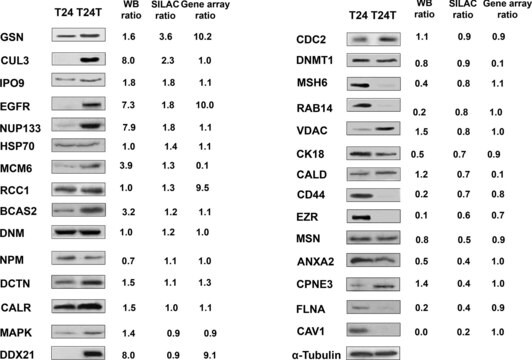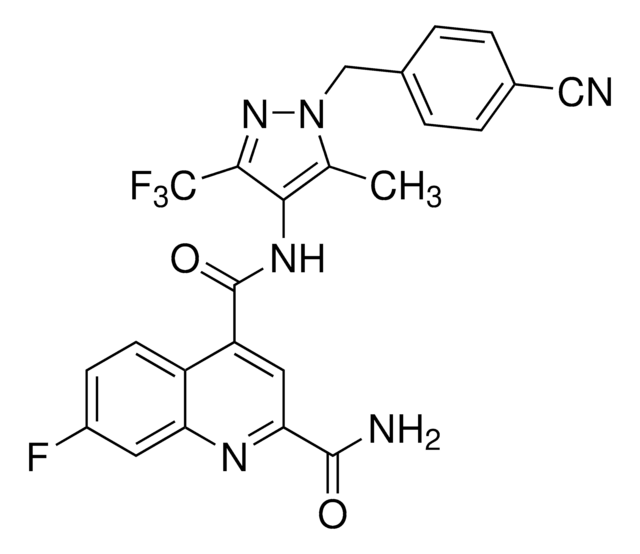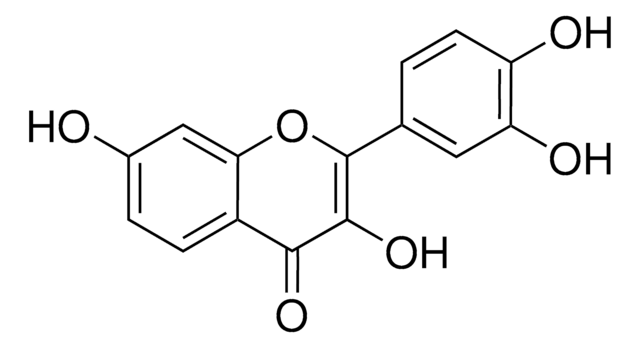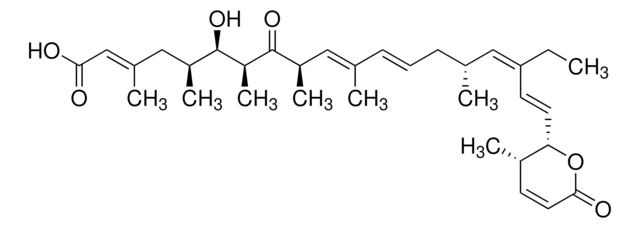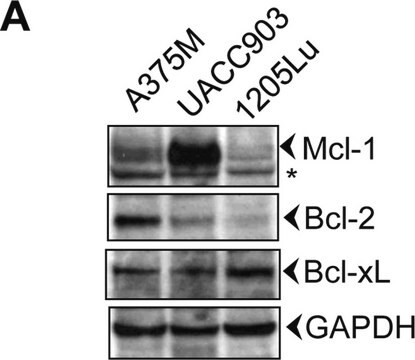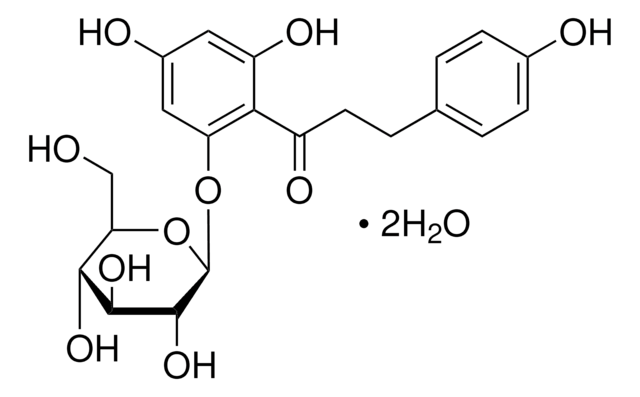F5557
Fasentin
≥98% (HPLC)
Synonyme(s) :
N-[4-Chloro-3-(trifluoromethyl)phenyl]-3-oxobutanamide
About This Item
Produits recommandés
Niveau de qualité
Essai
≥98% (HPLC)
Forme
powder
Couleur
white to off-white
Solubilité
DMSO: >10 mg/mL
Température de stockage
room temp
Chaîne SMILES
CC(=O)CC(=O)Nc1ccc(Cl)c(c1)C(F)(F)F
InChI
1S/C11H9ClF3NO2/c1-6(17)4-10(18)16-7-2-3-9(12)8(5-7)11(13,14)15/h2-3,5H,4H2,1H3,(H,16,18)
Clé InChI
GNYIJZMBLZXJEJ-UHFFFAOYSA-N
Catégories apparentées
Application
Actions biochimiques/physiologiques
Code de la classe de stockage
11 - Combustible Solids
Classe de danger pour l'eau (WGK)
WGK 3
Point d'éclair (°F)
Not applicable
Point d'éclair (°C)
Not applicable
Faites votre choix parmi les versions les plus récentes :
Certificats d'analyse (COA)
Vous ne trouvez pas la bonne version ?
Si vous avez besoin d'une version particulière, vous pouvez rechercher un certificat spécifique par le numéro de lot.
Déjà en possession de ce produit ?
Retrouvez la documentation relative aux produits que vous avez récemment achetés dans la Bibliothèque de documents.
Les clients ont également consulté
Articles
We presents an article about the Warburg effect, and how it is the enhanced conversion of glucose to lactate observed in tumor cells, even in the presence of normal levels of oxygen. Otto Heinrich Warburg demonstrated in 1924 that cancer cells show an increased dependence on glycolysis to meet their energy needs, regardless of whether they were well-oxygenated or not.
Notre équipe de scientifiques dispose d'une expérience dans tous les secteurs de la recherche, notamment en sciences de la vie, science des matériaux, synthèse chimique, chromatographie, analyse et dans de nombreux autres domaines..
Contacter notre Service technique